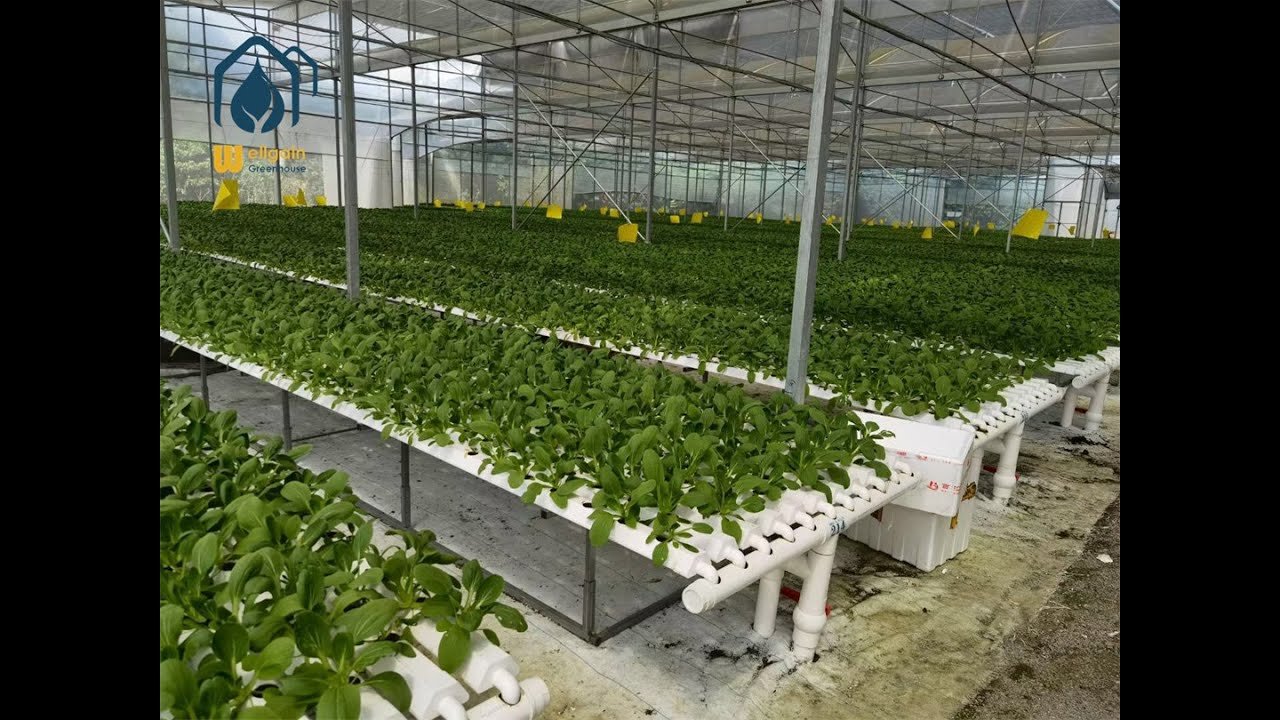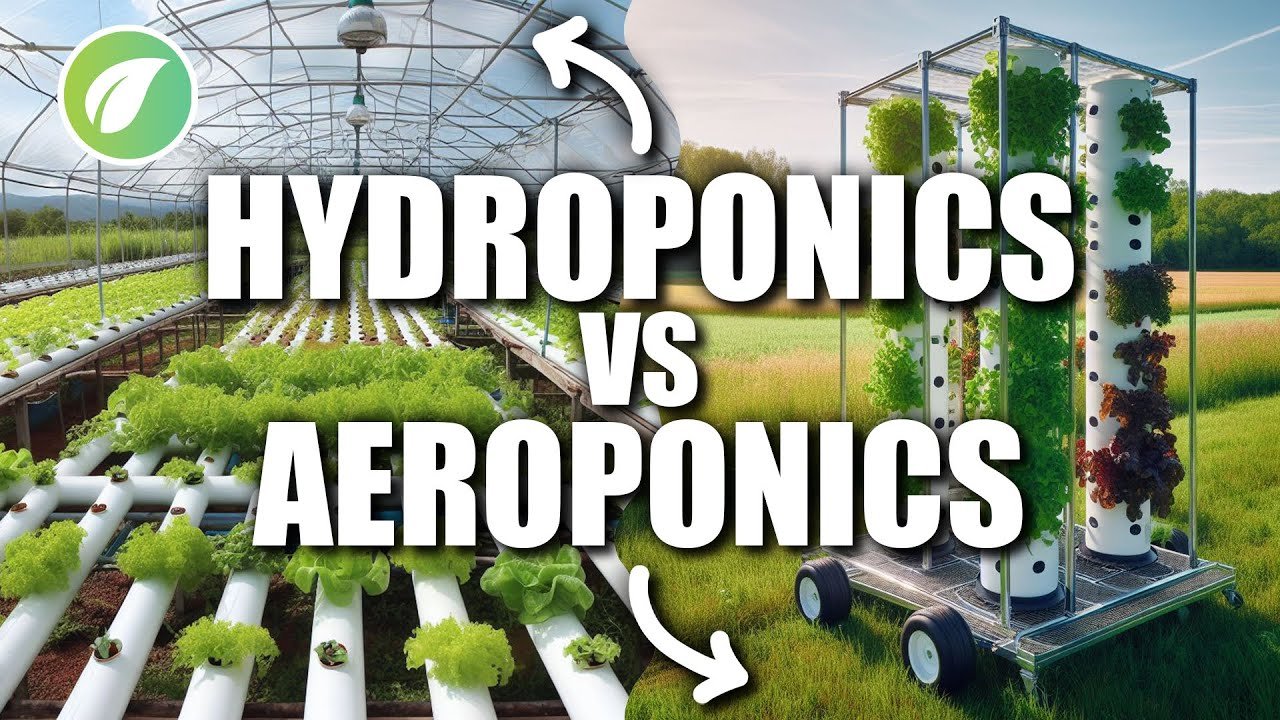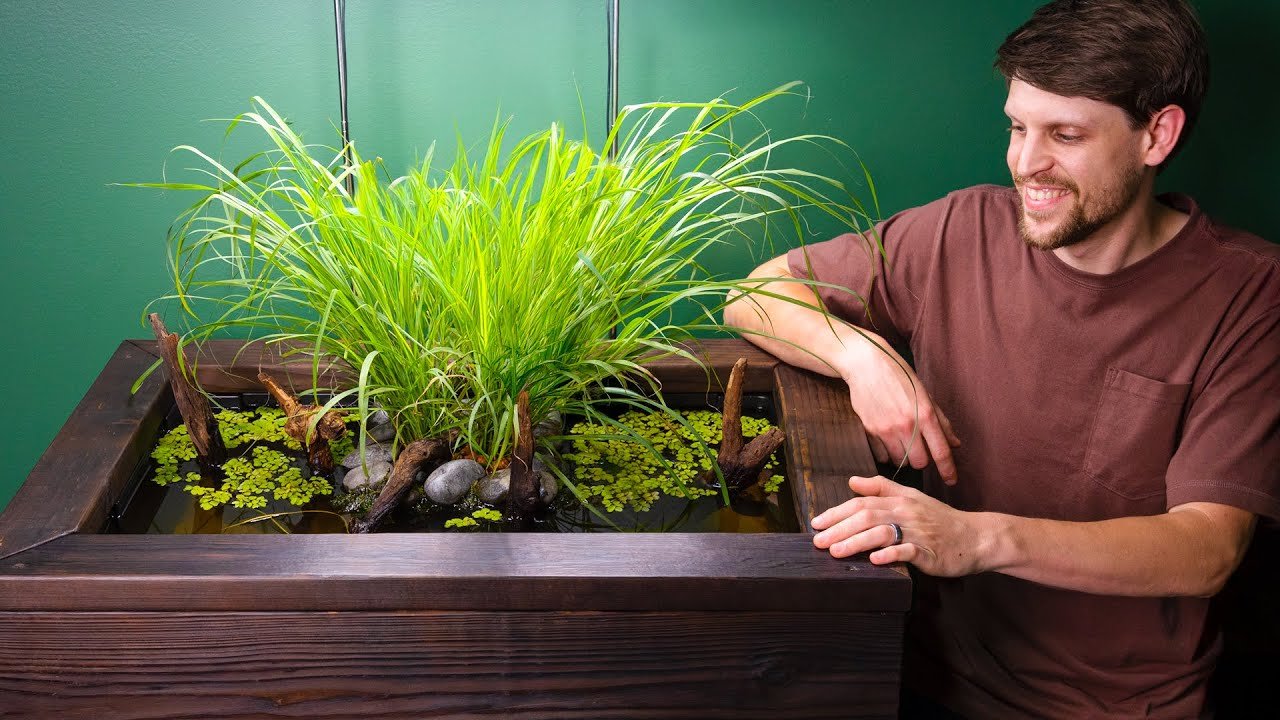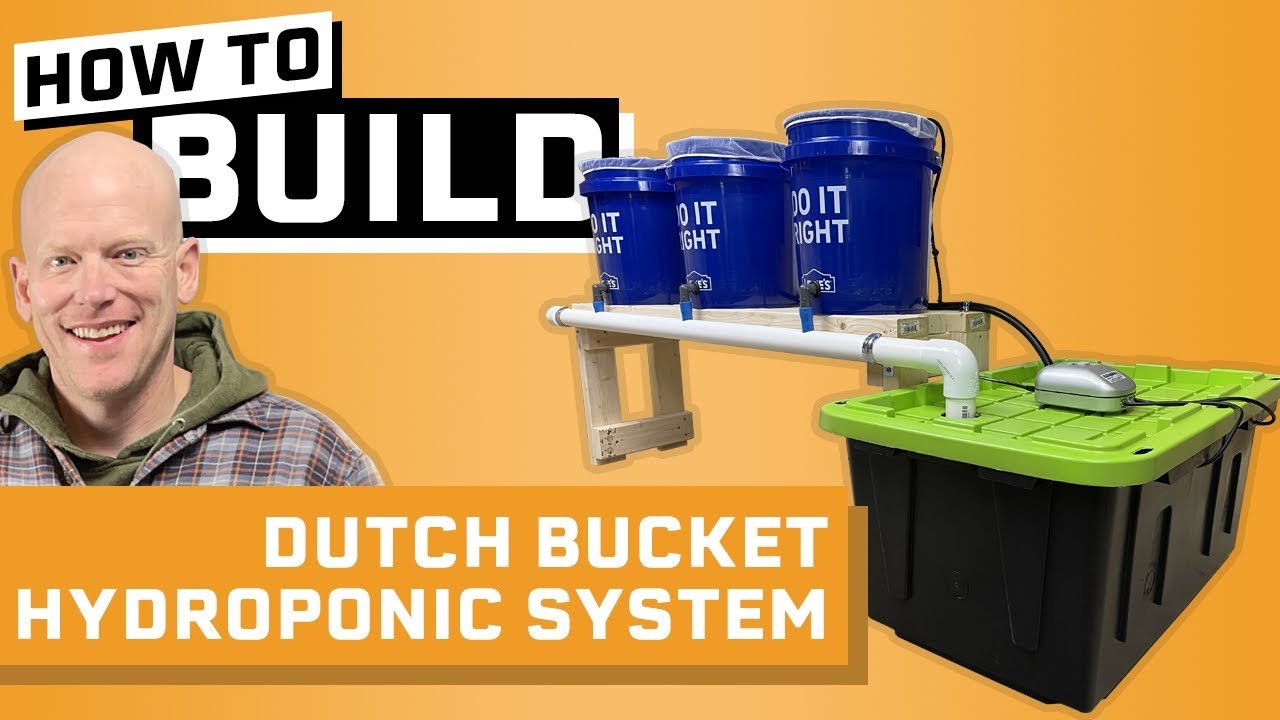A Journey in My Backyard: My Aquaponics Adventure
Sitting here with a steaming cup of coffee—black as my sense of humor—I find myself reminiscing about my misadventures in the world of aquaponics. I swear, if you’d asked me a few years back if I ever thought I’d be knee-deep in fish tank water and stared at a collection of wilting basil like a defeated gladiator, I would’ve laughed. But life has a funny way of teaching you lessons, doesn’t it?
The Spark of Inspiration
It all started when I visited the local farmer’s market one Saturday. You know the one; the kind where everyone knows each other’s names, and a fellow named Earl sells the best pickles you’ve ever tasted. As I browsed the stalls, I caught sight of the most vibrant greens—basil so fresh it made my mouth water. An elderly man beside me overheard my sigh of joy and leaned in with a twinkle in his eye. “You ought to try growing your own,” he said. And just like that, a hair-brained idea was born: I would build an aquaponics system in my backyard.
I stumbled into the local home improvement store, my cart a chaotic mess of PVC pipes, a small water pump, and, yes, a fish tank. The cashier just raised an eyebrow, as she often did when I’d come in with my latest obsession. I left feeling victorious, ready to bring the dream to life, basking in the thought of fresh herbs and happy fish.
Misadventures Begin
Let me tell you, these dreams can get tangled pretty fast. I started my process by dragging an old, unused wooden pallet from the shed to serve as the base. I had a vague idea of how it was all supposed to fit together, but watching a few “how-to” videos online was apparently no substitute for actual craftsmanship.
I thought I’d nailed it, got all my pipes shaped and glued just right. Next came the fish. I debated for a while about which species would best serve my quirky little ecosystem. After much deliberation between the trout and goldfish, I decided on tilapia—hardy fish that could thrive and didn’t require a five-star chef’s touch to keep alive. Plus, they weren’t too shabby for a dinner plate either.
So there I was, with a tank nearly topped off, a pump burbling away, and just the right amount of optimism fueling my enthusiasm. But as soon as I dumped those little fishy friends into their new home, the reality hit.
The first sign of trouble? I came outside the next morning to check on them, coffee in hand, and was greeted by a smell that can only be described as swampy socks. The water had turned a murky green overnight, and I almost choked on my brew. “What in the world did I do?” I thought. My dreams of grandeur were quickly turning into a nightmare.
Troubleshooting and Stubbornness
In my stubborn way, I refused to give up. I rolled my sleeves up and got to work again. Turns out, that murky green was just a bloom of algae, the result of too much sunlight and perhaps a little too much enthusiasm. After digging through the garage, I found some old blinds that I could repurpose to provide shade for the tank.
I don’t want to say I’m a believer in winging it, but that’s precisely what I did. I fiddled with the pump, jerry-rigged some makeshift tubing from scrapped garden hoses, and eventually got the water flowing properly to my little herb garden up top. And wouldn’t you know it? My basil was starting to perk up, showing signs of life like a kid on Christmas morning.
But just when I thought I was in the clear, I encountered my next hurdle: the fish started to look lethargic. One by one, they began to float at the surface, and my heart sank each time I scooped up another lifeless tilapia. I was ready to throw in the towel—what was even the point? To think I was going to become a local aquaponics guru.
The Epiphany
It was then that my neighbor, Gary, wandered over, curious about the smell I guess. He’s a retired engineer who’s forgotten more about plumbing than I’m ever likely to know. After a slow shake of his head and a look that said, “What have you gotten yourself into?” he asked me if I’d checked the pH levels of the water.
Cue the light bulb moment. I realized that the chemistry of my little aquatic community mattered just as much as the structure I’d built. I quickly figured out how to test the water’s acidity and made adjustments with a bit of baking soda. Gary helped me fine-tune the pump and plumbing, which lightened my load considerably.
After a week or so of monitoring and making minute changes, things finally started to settle into a rhythm. The water began to clear, my herbs started to flourish, and in a twist of fate that feels too sentimental to be true, the fish bounced back. Each day, they swam around with more vigor, and for every fresh basil leaf I harvested, it felt like a little victory.
The Takeaway
It’s funny how life can pull you through the ringer, and while it hasn’t been perfect, that little aquaponics system has become a part of my story. It poured out lessons in patience, humility, and the beauty of trial and error.
So, if you’re thinking about diving into the world of hydroponics or aquaponics, don’t worry about getting it perfect. It’s not about crafting a pristine setup; it’s about the journey—each stumble teaches you something new, and those little triumphs taste sweeter because of the struggle.
Get your hands a bit dirty; just start. You’ll figure it out as you go.
And hey, if you feel the itch to learn more, consider joining our next session! You could pick up a whole lot of tricks without losing your fish along the way. Check it out here. Let’s build something fun together.






Leave a Reply